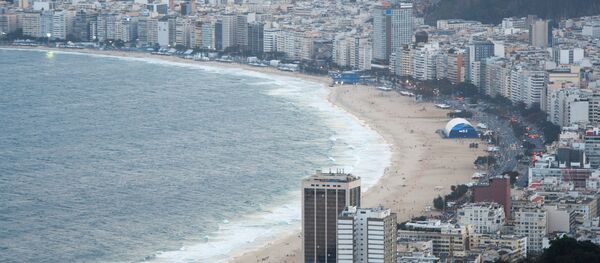In recent years, another trend has been seen in Brazil. The numbers of murders today are not occurring in places which were known to be dangerous such as the south-eastern states of Rio de Janeiro and Sao Paulo.
Today, crime has shifted to the northeast region of Brazil, where due to the relative economic backwardness; local governments do not have sufficient resources to combat violence and organized crime.
In an interview with Sputnik Brasil, professor of sociology at the University of Rio de Janeiro, José Augusto Rodrigues, said, “Of course, when we talk about such figures as the number of deaths in Brazil or in Syria, everything is quite relative, since you must take into account the total population.”
“Nonetheless, this in no way, diminishes the value of extremely alarming statistics of deaths in Brazil,” Rodrigues said.
He further said that a number of criminal and illegal activities, which were effectively suppressed in the south-east, have transferred their dealings to the north-east.
These northeast states just do not have enough operational bases to counter these violent activities — mainly the traffic of drugs and weapons.
“To fight the spreading of groups engaged in drug trafficking is almost an unsolvable problem,” Rodrigues said.
According to most sources, Brazil possesses high rates of violent crimes, such as murders and robberies; depending on the source [UNDP or World Health Organization], Brazil's homicide rate is 30-35 homicides per 100,000 inhabitants, placing Brazil in the top 20 countries by intentional homicide rate.
Gang violence in Brazil has become an important issue affecting youth. Brazilian gang members use children to commit crimes because their prison sentences are shorter.
As of 2007, murder was the most common cause of death among youth in Brazil, with 40% of all murder victims aged between 15 and 25 years old.



